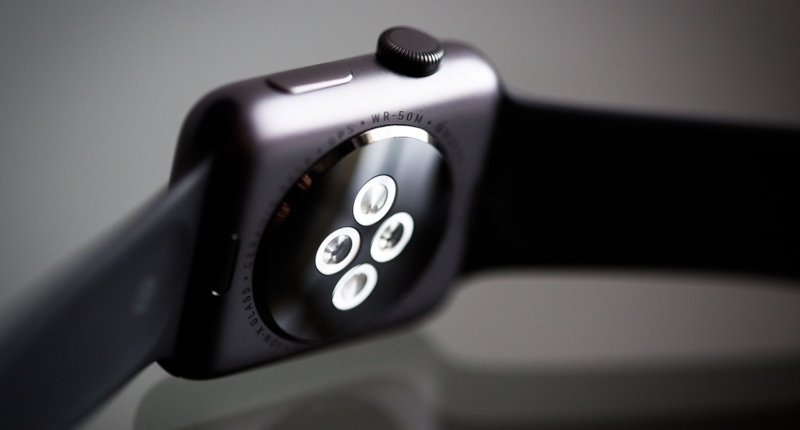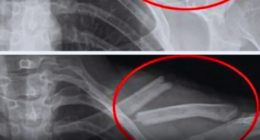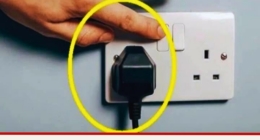The Matter protocol promises to improve healthcare in smart homes by enabling cross-device compatibility. With Matter, patients could combine high medical-grade accuracy of healthcare devices with other health metrics from consumer wearables. The protocol could improve fall detection systems and remote patient monitoring by improving accuracy and prioritizing patient confidentiality. Matter could also benefit glucose monitors and smartwatches by enabling them to track comprehensive metrics and create more personalized insights. Companies could leverage machine learning models to derive relative insights and identify long-term health patterns. The level of privacy in the Matter protocol would depend on several factors, the most important being its implementation. By prioritizing patient confidentiality, this technology could potentially elevate healthcare systems globally.
The Potential of Matter Protocol in Improving Healthcare in Smart Homes
Matter, a protocol developed by the Connectivity Standards Alliance (CSA), has promised a lot of smart home improvements, but it could also have a significant impact on healthcare. Currently, smart devices have multiple applications in and outside the home, but interoperability remains a challenge. However, the Matter protocol could enable all wellness devices to work in sync.
What is Matter?
Matter is a protocol developed by CSA for making smart home devices from different manufacturers compatible. Any smart home device that uses the Matter protocol can become cross-compatible. With the Matter protocol enabled, users could control any smart device in their home with a single app that uses Matter.
How Matter Could Improve Healthcare Devices
The lack of interoperability among healthcare devices is a major challenge in remote patient monitoring and accurate health tracking. Different brands offer healthcare devices that do not connect to each other, making it difficult to use them together. Matter protocol can enable healthcare devices to exchange health data for more advanced analytics.
Here are some ways the Matter protocol could impact healthcare devices:
1. Blood Pressure Monitors
Smart blood pressure monitors are essential for remote patient monitoring, especially for elderly patients or people with heart disease. However, brands have different apps and operational standards. This makes it harder to correlate blood pressure data to other health metrics. With the Matter protocol, blood pressure systems can exchange health data with other health metrics for more advanced analytics.
In conclusion, the Matter protocol could have a significant impact on healthcare devices in smart homes. With the protocol’s interoperability, healthcare devices could work in sync, providing more accurate health tracking and improving remote patient monitoring.
The Impact of Matter Protocol on Healthcare Devices in Smart Homes
The Matter protocol promises to improve healthcare in smart homes by enabling cross-device compatibility. With Matter, patients could combine high medical-grade accuracy of healthcare devices with other health metrics from consumer wearables. Here are some ways the Matter protocol could impact healthcare devices in smart homes:
1. Withings BPM Connect
The Withings BPM Connect is a wireless blood pressure monitoring system. However, it is limited to the Withings ecosystem. With Matter, patients could combine its high medical-grade accuracy with other health metrics from consumer wearables. For example, with Matter, your device could take into account blood pressure data as well as other health metrics such as passive AFib detection from Fitbits, providing more detailed heart health reports directly on your smartwatch.
2. Glucose Monitors
Glucose monitors are critical healthcare devices for monitoring blood sugar levels in diabetics. With Matter, devices like the Dexcom G7 Continuous Glucose Monitoring system may be able to work with any off-the-shelf insulin delivery system. Additionally, patients will have access to a more in-depth report of what affects their blood sugar levels, paving the way for newer scientific research. Monitoring blood glucose for weight management and recovery optimization for athletes are useful applications.
3. Smartwatches
Smartwatches can collect plenty of health and wellness data, from monitoring heart rhythm and blood oxygen to tracking calories and sleep. With Matter, smartwatches would be able to track comprehensive metrics and create more personalized insights by integrating data from glucose monitors, sleep trackers, and ECG monitors all in real-time. Furthermore, the accuracy of data would improve drastically with access to dedicated third-party sensors.
4. Fall Detection Systems
Fall detection systems can alert emergency services in the event of an accident. With Matter, these systems could integrate with other devices like smartwatches and glucose monitors, providing a more comprehensive overview of the patient’s health in case of an emergency.
In conclusion, the Matter protocol has the potential to revolutionize healthcare in smart homes by enabling cross-device compatibility, improving data accuracy, and providing more comprehensive health insights. This would lead to better remote patient monitoring, more accurate health tracking, and more holistic healthcare technologies.
The Role of Matter Protocol in Improving Fall Detection Systems and Remote Patient Monitoring
Fall detection systems are vital for ensuring the safety of elderly or low-mobility patients. However, false alarms and delayed response times are common shortcomings. Matter protocol could significantly improve accuracy by enabling multiple technologies to communicate and exchange health data.
1. Combining Data for Improved Accuracy
Combining data from different devices could improve fall detection system accuracy. For example, combining data from the Apple Watch’s fall detection and a remote patient monitoring camera might help reduce false alarms. A fall could trigger the remote patient camera while connecting the patient with an emergency responder. It would also give caregivers real-time patient stats before they arrive at the scene through integrations with advanced heart monitors such as Bioheart.
2. Prioritizing Patient Confidentiality
When multiple technologies communicate and exchange health data, privacy concerns arise. Matter protocol should prioritize patient confidentiality by anonymizing patient data, asking for user consent, defining strict policies for data sharing, and complying with General Data Protection Regulation (GDPR) in the EU or the Health Insurance Portability and Accountability Act (HIPAA) in the US. This would ensure that none of the data collected is misused, and patient confidentiality is kept intact.
3. Benefits of a Universal Health and Wellness Protocol
With a universal health and wellness protocol in place, wearables can act as extensions of one another, making telehealth and remote patient monitoring far more accurate than ever before. Doctors would have unified access to data ranging from diet, exercise, heart health, sleep, glucose levels, weight, and more. Companies could leverage machine learning models to derive relative insights and identify long-term health patterns.
In conclusion, Matter protocol has the potential to revolutionize fall detection systems and remote patient monitoring by improving accuracy and prioritizing patient confidentiality. With a universal health and wellness protocol in place, doctors and caregivers can access comprehensive health data, resulting in better healthcare outcomes for patients.
Don’t miss interesting posts on Famousbio








